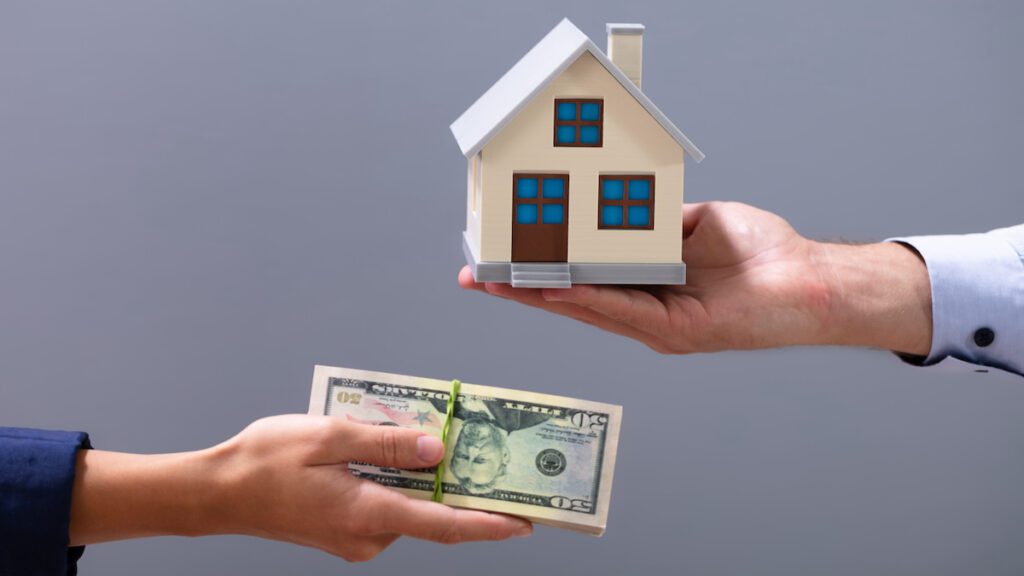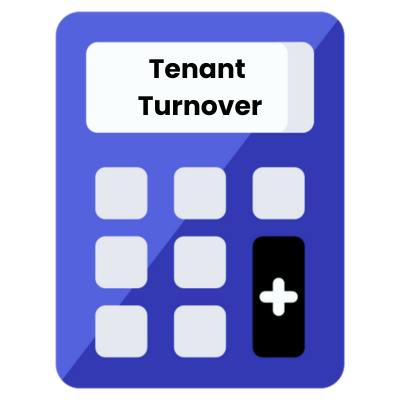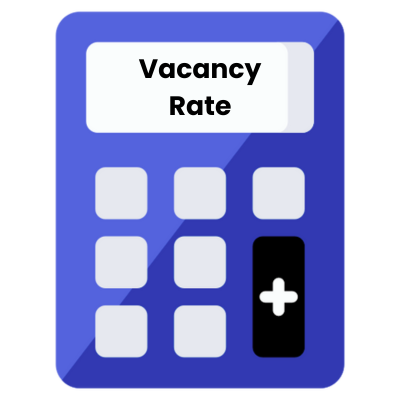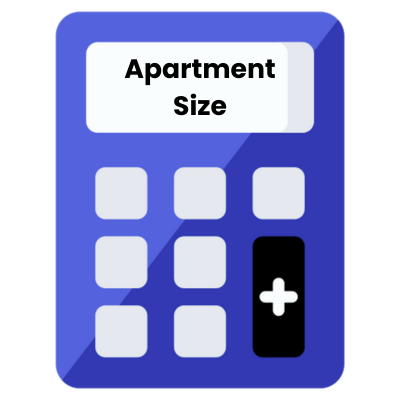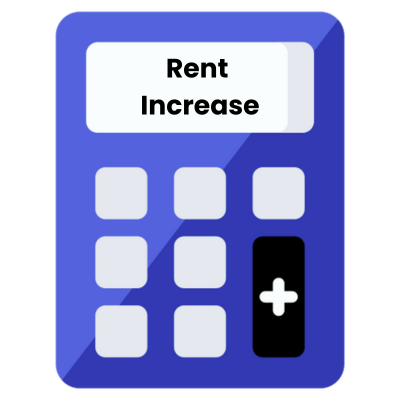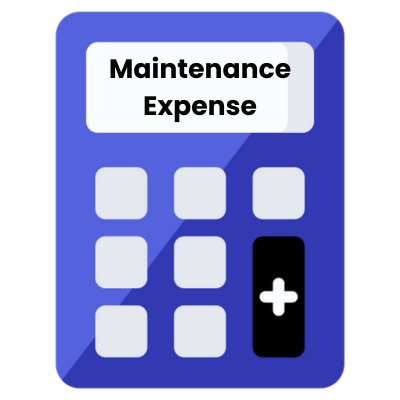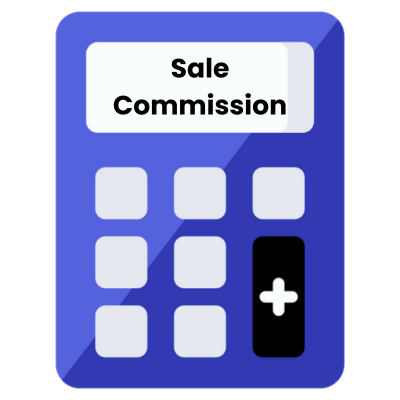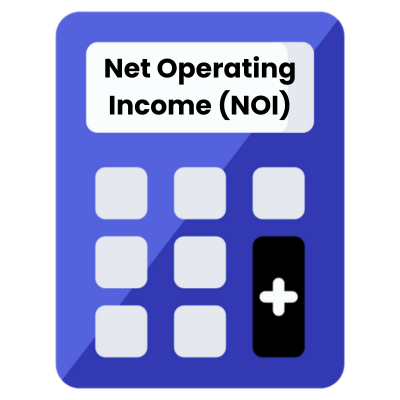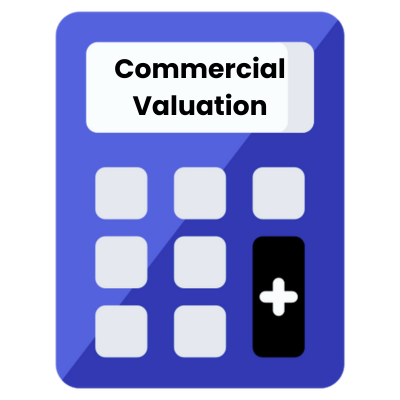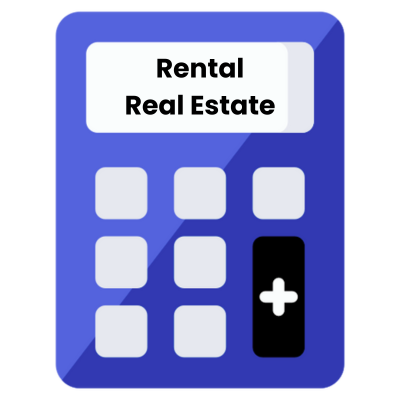
Capitalization Rates (commonly called “Cap Rates”) are real estate valuation metrics that are commonly used among real estate investors to compare different investment properties. Our Cap Rate Calculator is a convenient tool for rental real estate investors to easily understand and calculate cap rates for investment properties.
Calculate Rental Property Cap Rates
Please input the required fields (*) below to calculate a property’s Capitalization Rate (Cap Rate). See our guide on how to calculate Net Operating Income (NOI)
Cap Rate Calculator
This calculator is meant for educational purposes only. The calculation generated from the calculator does not, and is not intended to, constitute financial advice. As such, all information, content, and materials available on this site are for general informational purposes only. Please review our Editorial Standards for more info.
Cap Rate Formula
The standard mathematical formula for calculating capitalization rate is noted below. Note that you will first need to determine Net Operating Income and Fair Market Value values first to input into the rental property calculator.
Cap Rate = (Net Operating Income1)/(Fair Market Value2)
1. Net Operating Income – A property’s gross operating income, minus its operating expenses.
2. Property Value – Also sometimes called Fair Market Value, is the price in which someone is willing to pay for a property and the amount the seller is willing to accept.
Understanding Cap Rates – Net Income and Market Value
The Capitalization Rate (Cap Rate) is a key metric used in real estate to assess the return on an investment property, calculated by dividing the Net Operating Income (NOI) by the property’s current market value. This rate offers an indication of potential return, with a higher Cap Rate typically signifying a higher return but potentially higher risk as well. The relationship between Net Income and Market Value in this calculation helps investors understand the property’s profitability in relation to its current market worth.
Net Operating Income (NOI)
Net Operating Income is the total income generated by a property minus the operating expenses, excluding any financing costs like mortgage payments. It’s a crucial figure that represents the actual cash flow from the property’s operations. NOI is considered in the Cap Rate calculation as it reflects the property’s ability to generate income through its regular operations. Factors like rental income, vacancy rates, and operational costs directly affect the NOI.
Fair Market Value
Fair Market Value is the estimated price at which a property would sell in the current market. It’s determined by several factors including location, property condition, current market trends, and comparable sales in the area. In the Cap Rate formula, the Fair Market Value is used as the denominator, providing a context for the NOI in terms of the property’s current market worth. Accurately determining this value is essential for a realistic assessment of the investment’s potential return.
The #1 Rental Property Newsletter
Once a month, we send out an exclusive Rental Property Market Update with top stories, current mortgage rates, building products, and more. No spam and unsubscribe anytime.

Rental Property Cap Rate Resources
What is a Rental Property Cap Rate?
Cap Rate is the ratio of Net Operating Income (NOI) to Property Value and also a valuation metric used to estimate the expected rate of return when comparing multiple investment real estate properties.
Rental Property Cap Rate Calculator FAQ
Is a Higher or Lower Cap Rate Better for Investors?
Whether a higher or lower Cap Rate is better depends on the investor’s objectives and the market context. A higher Cap Rate typically suggests a higher potential return but may also indicate higher perceived risk or less property appreciation potential. Conversely, a lower Cap Rate can suggest a more stable or desirable property or area but may come with a lower yield.
Why Might Two Similar Properties in the Same Area Have Different Cap Rates?
Factors such as the age of the property, the quality of tenants, lease durations, property condition, and potential for future rent increases can all influence Cap Rates. Even within the same area, variations in these factors can lead to different Cap Rates for seemingly similar properties.
How Does Cap Rate Relate to Other Financial Metrics Like Return on Investment (ROI) or Cash on Cash Return?
While the Cap Rate measures a property’s return without considering financing, ROI takes into account the total return on an investment, including appreciation, tax benefits, and changes in equity. Cash on Cash Return focuses on the annual return relative to the amount of cash invested, considering financing costs. Each metric offers a different perspective on the profitability and performance of an investment.
What are the Limitations or Drawbacks to Using Cap Rate for Evaluation?
While the Cap Rate is a useful quick metric, it doesn’t account for property financing, future capital expenditures, or potential changes in NOI over time. Additionally, it can be influenced by short-term market fluctuations. Investors should use it in conjunction with other metrics and due diligence processes.


